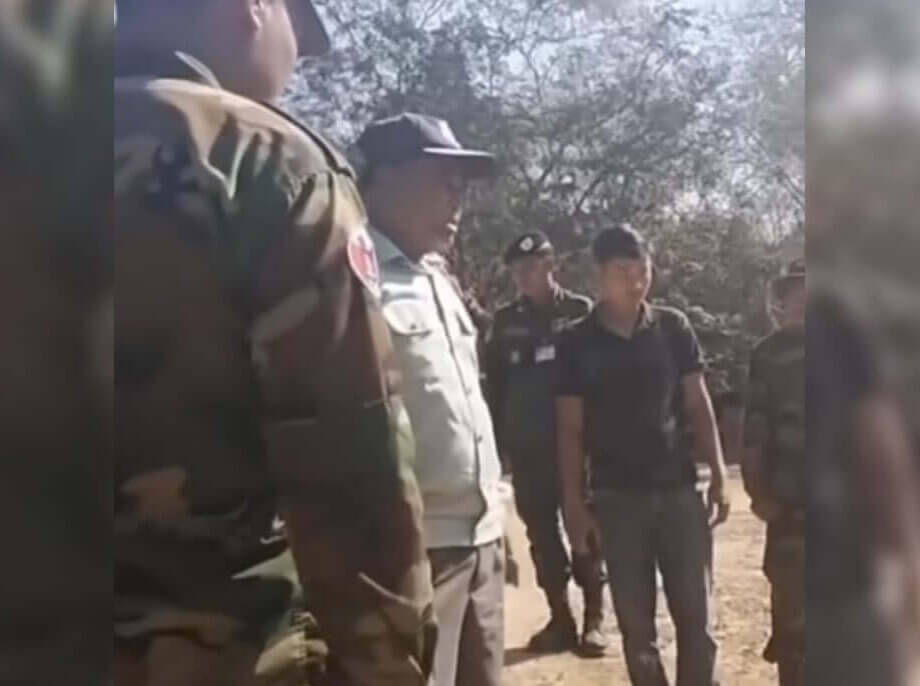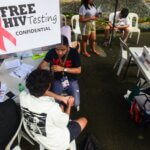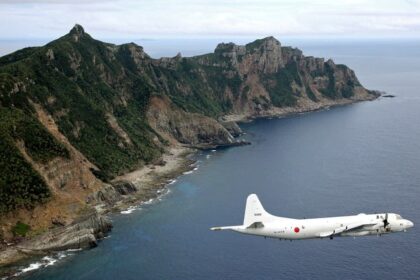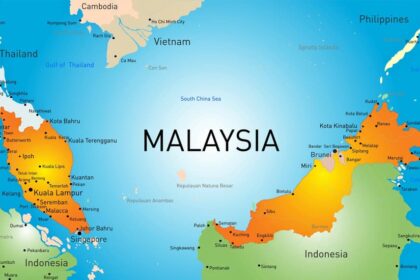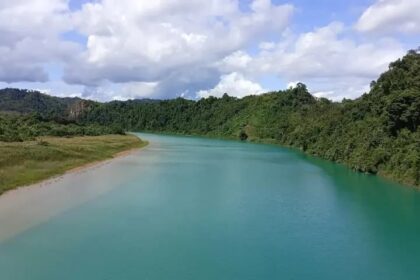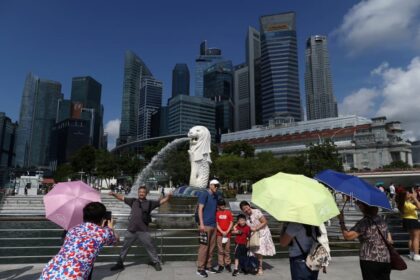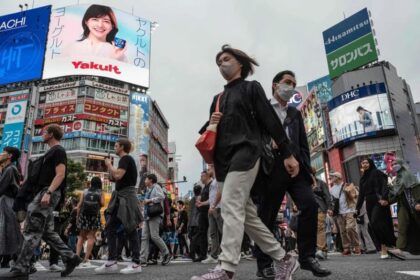Background: A Longstanding and Complex Border Dispute
The border between Thailand and Cambodia stretches over 800 kilometers, much of it defined by colonial-era treaties and maps drawn by the French during their occupation of Cambodia in the late 19th and early 20th centuries. Despite decades of relative peace, the demarcation of this border has remained a source of tension, with both countries laying claim to several overlapping areas, including sites of historical and cultural significance such as the Preah Vihear Temple and the so-called Emerald Triangle region where Thailand, Cambodia, and Laos meet.
- Background: A Longstanding and Complex Border Dispute
- The May 2025 Chong Bok Clash: Triggering a New Diplomatic Crisis
- Diplomatic Moves: Cambodia Appeals to the United Nations
- Thailand’s Response: Defending Sovereignty and Bilateralism
- Cambodia’s Rebuttal: Accusations of Treaty Violations and Calls for Legal Resolution
- UN Procedures: Documenting the Dispute for the International Community
- Failed Bilateral Talks and the Turn to International Legal Forums
- Escalating Measures: Border Closures, Economic Retaliation, and Nationalist Rhetoric
- Regional and International Implications
- What Comes Next? Prospects for Resolution
- In Summary
These disputes have periodically flared into violence, most notably in 2008–2011, when clashes over the Preah Vihear Temple led to dozens of deaths and the displacement of thousands. The International Court of Justice (ICJ) ruled in favor of Cambodia’s sovereignty over the temple in 1962 and reaffirmed this in 2013, but the surrounding territory remains contested. The two countries have since attempted to resolve their differences through bilateral mechanisms, most notably the Joint Boundary Commission (JBC) established under a 2000 Memorandum of Understanding (MOU). However, progress has been slow, and the border remains a flashpoint for nationalist sentiment and political maneuvering on both sides.
The May 2025 Chong Bok Clash: Triggering a New Diplomatic Crisis
The latest escalation began on May 28, 2025, when Thai and Cambodian troops engaged in a brief but deadly armed clash in the Chong Bok area of Thailand’s Ubon Ratchathani Province. The incident resulted in the death of a Cambodian soldier and prompted both sides to deploy additional troops and heavy weaponry to the border. Each government accused the other of aggression: Cambodia claimed Thai forces opened fire on its troops stationed on Cambodian territory, while Thailand insisted its soldiers were conducting routine patrols on Thai soil and responded only after coming under unprovoked attack.
This confrontation reignited longstanding grievances and set off a chain of diplomatic and legal maneuvers, with both countries seeking to assert their narratives on the international stage.
Diplomatic Moves: Cambodia Appeals to the United Nations
On June 16, 2025, Cambodia’s Permanent Representative to the United Nations in New York sent a formal letter to UN Secretary-General António Guterres. The letter requested that the recent military clashes and ongoing border disputes be circulated as an official document of the 79th UN General Assembly session under the agenda item “Prevention of armed conflict.” Cambodia also signaled its intention to bring the matter before the International Court of Justice, citing what it described as Thailand’s lack of political will to resolve the dispute through bilateral negotiations and its alleged violations of Cambodian sovereignty.
Cambodia’s submission referenced not only the recent clash but also a history of unresolved disputes, including the interpretation of colonial-era treaties and previous ICJ rulings. The letter accused Thailand of relying on unilaterally drawn maps, encroaching on Cambodian territory, and stoking nationalist sentiment through inflammatory rhetoric by military and political leaders.
Legal Arguments and Historical Claims
Cambodia’s position is rooted in the Franco-Siamese Treaties of 1904 and 1907, which established the border based on French colonial maps. The Cambodian government argues that these maps, along with the ICJ’s decisions regarding the Preah Vihear Temple, should serve as the legal basis for demarcation. Cambodia has repeatedly expressed frustration at what it sees as Thailand’s reluctance to honor these agreements and its preference for bilateral mechanisms that, in Cambodia’s view, have failed to produce results.
Thailand’s Response: Defending Sovereignty and Bilateralism
Thailand responded swiftly to Cambodia’s diplomatic move. On June 19, 2025, Thailand’s Permanent Representative to the UN submitted a comprehensive statement to the Secretary-General, outlining Thailand’s version of events and its legal and diplomatic stance. The Thai government reiterated its “strong adherence to international law and to the purposes and principles of the Charter of the United Nations,” emphasizing peaceful dispute resolution and respect for sovereignty.
Thailand’s statement claimed that its troops were conducting routine patrols within Thai sovereign territory when they came under “unprovoked firing by Cambodian troops.” The response asserted that Thai forces acted in “proportionate and appropriate measure in self-defence.”
A key element of Thailand’s argument centers on the 2000 Memorandum of Understanding (MOU) between the two countries, which established the JBC as the primary mechanism for resolving boundary issues. Thailand accused Cambodia of violating Article V of the MOU, which prohibits activities that alter the environment of the frontier zone, and criticized Cambodia’s decision to consider taking the matter to the ICJ, arguing that this contradicts Article VIII of the MOU, which requires disputes to be settled through consultation and negotiation.
Rejecting ICJ Jurisdiction
Thailand’s statement firmly rejected any unilateral attempt to bring the case before the ICJ, noting that Thailand has not accepted the court’s compulsory jurisdiction under Article 36(2) of the ICJ Statute since 1960. Ambassador Cherdchai Chaivaivid, Thailand’s Permanent Representative to the UN, stated:
“The Royal Thai Government reaffirms its position that Thailand will not give any consent to any attempt to initiate proceedings unilaterally.”
Thailand also emphasized its commitment to resolving differences through existing bilateral mechanisms, including the General Border Committee (GBC), Regional Border Committee (RBC), and the JBC. Notably, the JBC convened between June 14–15, 2025, just days before the diplomatic exchange at the UN, demonstrating both sides’ willingness to engage through established channels, even as tensions simmered.
Cambodia’s Rebuttal: Accusations of Treaty Violations and Calls for Legal Resolution
In response to Thailand’s statements, Cambodia’s Ministry of Foreign Affairs and International Cooperation issued a firm rebuttal, accusing Thailand of making “misleading statements” and failing to uphold its obligations under the MOU 2000. Cambodia argued that Thailand has unilaterally imposed its own maps and carried out territorial encroachments, violating not only the MOU but also international law.
The Cambodian government defended its decision to refer the case to the ICJ as a “measured, rule-based, and peaceful” response to what it described as Thailand’s use of armed force and refusal to engage in the mutually agreed framework for joint boundary demarcation. Cambodia called on Thailand to cease all unilateral actions and to honor its treaty obligations, urging constructive engagement in peaceful and legal mechanisms for dispute resolution, including through the ICJ.
Political and Public Reactions
The dispute has fueled nationalist sentiment on both sides, with confrontations reported not only between military personnel but also among civilians and tourists at disputed sites. Social media has amplified these tensions, with netizens from both countries expressing intense views and sometimes engaging in online altercations. Incidents at historical temples and border checkpoints have further inflamed public opinion, making diplomatic resolution more challenging.
UN Procedures: Documenting the Dispute for the International Community
Both Cambodia’s and Thailand’s letters have now been registered by the UN Secretary-General under agenda item 32 of the 79th General Assembly session. This means the documents will be circulated to all 193 UN member states, placing each country’s position on the official record and ensuring that the broader international community is informed of the respective stances. However, this procedural step does not automatically trigger UN action or judgment; it serves primarily to increase transparency and international awareness.
According to Thailand’s Ministry of Foreign Affairs, such document circulation is a standard UN procedure for placing countries’ positions on record and ensuring member state awareness of developments. The process reflects the formal stance of member countries but does not, in itself, resolve the underlying dispute.
Failed Bilateral Talks and the Turn to International Legal Forums
The 6th meeting of the Thai-Cambodian Joint Boundary Commission (JBC), held in Phnom Penh on June 15, 2025, ended without agreement. While both sides reaffirmed the commission’s role in promoting peaceful negotiations, the dialogue remained limited to non-disputed areas. Cambodia declared that four contested sites—Ta Moan Thom, Ta Moan Tauch, Ta Krabei temples, and the Mum Bei region—would not be discussed within the JBC framework and instead would be brought before the ICJ.
Despite the lack of progress, both governments have expressed a commitment to maintaining diplomatic channels and preventing further escalation. However, the failure of the JBC talks and Cambodia’s subsequent legal moves underscore the deep-seated mistrust and the limitations of bilateral mechanisms in resolving such complex disputes.
Escalating Measures: Border Closures, Economic Retaliation, and Nationalist Rhetoric
In the wake of the May 28 clash and the diplomatic standoff, both countries have implemented or threatened a series of retaliatory measures. Thailand imposed new border restrictions, blocking tourists from entering Cambodia and tightening controls at land border checkpoints. Only students, medical patients, and those with essential needs were allowed to cross. The stated aim was to curb cross-border crime, particularly scam operations based in Cambodia, but the measures also served as a form of economic pressure.
Cambodia responded by boycotting Thai internet services, blocking electricity and fuel supplies from Thailand, and banning Thai films from television and cinemas. These actions disrupted daily life and commerce along the border, further straining bilateral relations. Both governments have invoked the need to protect national sovereignty and security, but the tit-for-tat policies have also been seen as efforts to appease domestic nationalist sentiment.
Leadership Dynamics and Political Implications
The dispute has unfolded against a backdrop of complex political relationships. Thailand’s Prime Minister Paetongtarn Shinawatra and Cambodian Prime Minister Hun Manet are both the children of former leaders—Thaksin Shinawatra and Hun Sen—who share a public friendship. This personal connection has led to speculation about whether the current leaders might be “too soft” on each other, a charge that has fueled criticism from nationalist groups in Thailand and complicated the political calculus for both governments.
In Cambodia, Senate President Hun Sen has publicly challenged Thailand’s reluctance to accept ICJ jurisdiction, arguing that a court ruling would provide a neutral basis for resolving the dispute and allow both governments to justify the outcome to their citizens. He questioned:
“Bangkok accuses Cambodia of violating Thailand’s sovereignty. So why doesn’t it file a case at the ICJ? Why avoid legal proceedings? You should not be afraid of what is legal.”
Such statements have resonated with segments of the Cambodian public and added pressure on the Thai government to defend its position.
Regional and International Implications
The border dispute between Thailand and Cambodia has implications beyond the immediate region. Both countries are members of the Association of Southeast Asian Nations (ASEAN), which emphasizes peaceful resolution of disputes and regional solidarity. The ongoing tensions test ASEAN’s ability to manage intra-regional conflicts and uphold its principles.
International observers have expressed concern that the dispute could destabilize the broader region, especially if military buildups continue or if nationalist rhetoric escalates further. The involvement of the UN and the potential for ICJ proceedings highlight the global dimension of the conflict, even as both sides profess a preference for bilateral solutions.
What Comes Next? Prospects for Resolution
Resolving the Thailand-Cambodia border dispute will not be easy. The historical, legal, and political complexities run deep, and both sides face domestic pressures that make compromise difficult. The failure of recent bilateral talks and Cambodia’s turn to the ICJ suggest that the dispute may be entering a new phase, with international legal forums playing a greater role.
However, Thailand’s refusal to accept ICJ jurisdiction and its insistence on bilateral mechanisms mean that any legal proceedings are likely to be protracted and contentious. In the meantime, both governments have an interest in preventing further violence and maintaining stability along the border, even as they seek to assert their respective claims.
For now, the circulation of official letters at the UN serves as a reminder to the international community of the unresolved nature of the dispute and the need for continued vigilance and diplomatic engagement.
In Summary
- The Thailand-Cambodia border dispute flared up again after a deadly clash on May 28, 2025, in the contested Chong Bok area.
- Cambodia appealed to the United Nations and signaled its intention to bring the case to the International Court of Justice, citing treaty violations and lack of progress in bilateral talks.
- Thailand responded by defending its actions as self-defense, rejecting ICJ jurisdiction, and emphasizing the need for bilateral mechanisms under the 2000 MOU.
- Both countries have circulated their positions at the UN, but the process does not automatically trigger international intervention.
- Failed bilateral talks, economic retaliation, and rising nationalist sentiment have complicated efforts to resolve the dispute.
- The conflict has regional implications for ASEAN and could affect broader stability in Southeast Asia.
- Prospects for a quick resolution are dim, with both sides entrenched in their positions and legal, historical, and political factors making compromise difficult.


